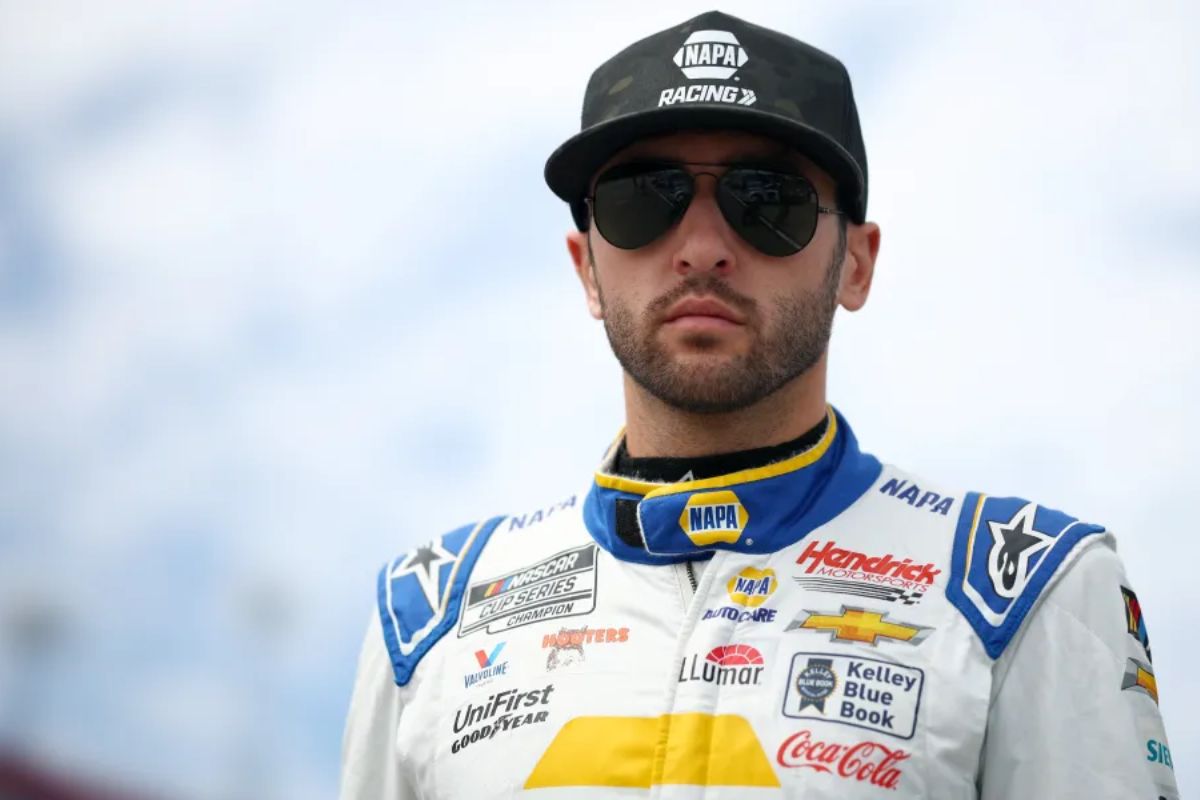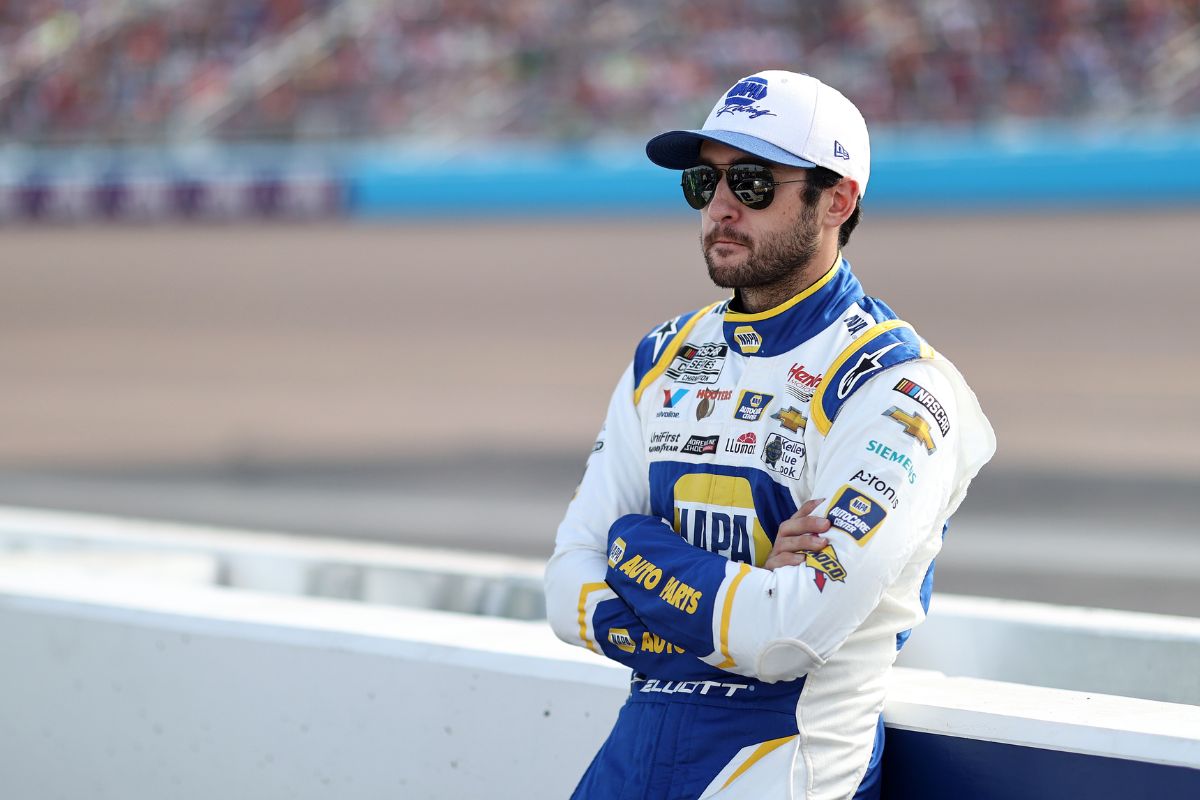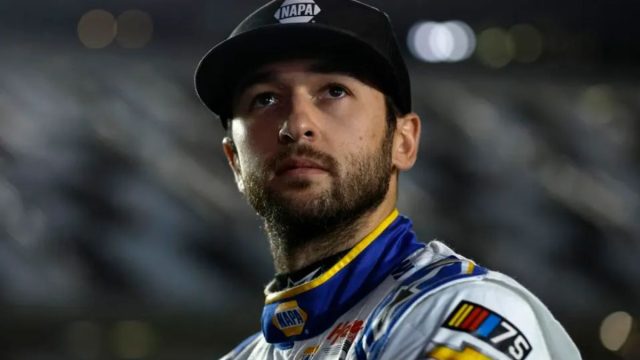Chase Elliott Praises Texas Speedway: Chase Elliott’s recent comments on Texas Motor Speedway offers a complex blend of critique and commendation, reflecting the broader sentiments within the racing community. Elliott points out that certain aspects, particularly tire performance, still require significant adjustments. As we consider Elliott’s circumspective feedback, one must ponder how his insights will influence future modifications to this iconic track and what this means for the evolution of race track standards globally.
Key Takeaways
- Chase Elliott acknowledged improvements in tire performance at Texas Motor Speedway.
- Despite the victory, Elliott offered a subtle view, highlighting both positives and challenges of the track.
- His comments reflect a broader driver consensus on the need for better track conditions.
- Elliott’s win added credibility to the track but did not fully dispel ongoing concerns.
- Safety and competitive quality remain central issues in discussions about the track’s redesign.
Chase Elliott’s Critique of Texas Motor Speedway
Chase Elliott’s recent victory in AutoTrader EchoPark Automotive 400 at Texas Motor Speedway, Texas his first win since October 2022, was tempered by his critical assessment of the track’s recent modifications. Elliott’s comments highlighted only modest improvements in tire performance, a critical element in the dynamics of racecar handling and safety.
“I’m not saying it was great, but it’s better than it has been, at least from my vantage point. I could be totally off base. When you watch something from the outside, it can look different. From where I was sitting, it seems like tires were a little more of a factor, and that’s a good thing,” Elliott explained.
Understanding Elliott’s criticism involves realizing how a racecar’s tires interact with the track. Tires are crucial because they’re the only part of the car touching the track, affecting speed, safety, and the driver’s decisions.
Furthermore, Elliott’s restrained praise of the track’s modifications indicates a possible difference between the anticipated outcomes of these improvements and their actual impact on race conditions.

Teammate’s Perspective: Kyle Larson Calls for Demolition
Often voicing his dissatisfaction, Kyle Larson, Chase Elliott’s teammate, has taken an extreme stance by encouraging the complete demolition of Texas Motor Speedway. Larson’s perspective stems from a series of negative experiences at the track, particularly incidents that have compromised safety and performance. His call for demolition is not merely a dramatic expression of discontent but a serious critique aimed at the fundamental issues with the track’s design and its impact on race outcomes.
“I would like them to demolish this place and then start over from scratch,” (Kyle) claimed.
- Safety Concerns: Repeated incidents of blown tires have not only endangered drivers but also affected the competitive nature of races, turning potentially strategic contests into games of chance.
- Track Layout: The current configuration of the speedway is perceived to contribute to these safety issues, suggesting that minor modifications might not suffice to rectify the deeply ingrained problems.
- Driver Consensus: While not all drivers may support the idea of demolition, there is a significant consensus that the track does not meet the standards expected of a premier racing venue, which bolsters Larson’s position.
Driver Frustrations and Track Redesign
Building on the critique of track safety and design, further frustration among drivers like Ryan Blaney and Denny Hamlin highlights ongoing issues with Texas Motor Speedway’s redesign and its impact on race dynamics. Blaney, reminiscing about the track’s former configuration, suggests that the previous layout allowed for more competitive racing and fewer incidents.
Denny Hamlin’s critique brings a sharper focus on the recent redesign efforts which aimed to enhance competition but fell short of expectations. Hamlin argues that the alterations have led to a more monotonous race flow, with fewer opportunities for drivers to navigate and adjust their race tactics effectively.

SMI’s Unilateral Redesign and Lack of Consultation
Speedway Motorsports, Inc.’s decision to unilaterally redesign Texas Motor Speedway in 2022, without consulting key stakeholders such as drivers and NASCAR officials, has sparked considerable controversy regarding the effectiveness of the new track layout.
The redesign has primarily been criticized for not aligning with the practical needs and expectations of the drivers, who are the primary users of the track. This decision by SMI seems to have overlooked the detailed understanding that drivers have of track dynamics, which can significantly influence race outcomes and safety. The lack of consultation has not only affected the reception of the new design but has also potentially compromised the overall racing experience.
- Driver Dissatisfaction: Many drivers have openly expressed their discontent with the new layout, stating that it does not complement their driving styles or enhance competitive racing.
- Safety Concerns: Modifications made without in-depth consultation with drivers might overlook critical safety implications, putting participants at greater risk during races.
- Strategic Misalignment: The redesign might serve organizational goals of SMI but does not necessarily reflect the broader objectives of NASCAR or the expectations of its fan base, which could lead to a decrease in viewer engagement.
Chase Elliott’s Victory Amidst Track Controversy
Despite the dissatisfaction expressed by many drivers about the redesigned Texas Motor Speedway, Chase Elliott’s recent victory there brought a positive spotlight to the track’s competitive potential.
Elliott’s win, marking the end of a notable 42-race drought from the persistent critiques of the circuit’s design and safety to its capability to host thrilling races.
Elliott’s performance at Texas was a masterclass in adaptability and precision, qualities that are essential on a track that has, of late, been criticized for its challenging conditions.
This analytical perspective highlights how a single event, such as Elliott’s win, can alter the broader discourse surrounding a venue plagued with controversy.

News in Brief: Chase Elliott Praises Texas Speedway
Chase Elliott’s commentary on Texas Motor Speedway highlights a critical yet appreciative stance, emphasizing both the potential and pitfalls of the circuit. His call for tire improvements emphasizes a broader concern for safety and performance, reflecting a desire to enhance the racing experience.
The contrast of Elliott’s victory with ongoing criticisms from his peers illustrates the intricate dynamics at play, urging stakeholders to prioritize consultation and thoughtful redesign to reconcile competitive integrity with driver safety.
Our Reader’s Queries
Q: Is Chase Elliott Bill Elliott’s grandson?
A: Chase Elliott, the 2014 NASCAR Nationwide Series champion and 2020 NASCAR Cup Series champion, is a proud father of two daughters, Starr and Brittany, and one son, William Clyde II, affectionately known as “Chase.” He currently races for Hendrick Motorsports in the No. 9 Chevrolet in the NASCAR Cup Series.
Q: How much does Chase Elliott make a year?
A: According to reports, the driver boasts an estimated net worth of $12 million, comprising endorsements, prize money, and salary. Forbes suggests Chase Elliott earned $10.2 million in 2020, a testament to his success and popularity in the NASCAR world.
Q: Why is Chase Elliott called Chase?
A: It seems like a whimsical twist of fate that led to your name! Your godmother’s suggestion stuck, and now “Chase” is inseparable from your identity. Sometimes, the simplest stories hold the most significance in shaping our lives.
Also Read: Chase Elliott’s Fear About Losing Allies: Surprising Truth By HMS’s No. 9
